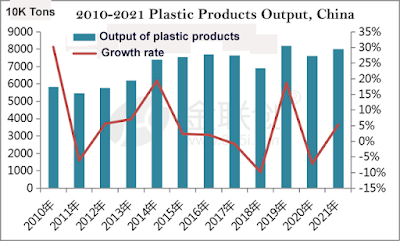Even if you live a few hundred miles from the coast, the plastic you throw away will end up flowing into the sea. Once it enters the ocean, the decomposition of plastic is very slow, and it will be broken down into tiny particles, the so-called microplastic.

How does plastic get into the ocean?
Plastic is killing marine life
How does plastic get into the ocean?
The plastics we use every day end up in the ocean mainly through three ways:
1. Throw plastics into the trash bins when they should be recycled
The plastic we put in the garbage bin ends up being landfilled. When transporting waste to a landfill, plastic is usually very light and therefore will be blown away. From there, it may end up cluttered around drains and enter rivers and oceans in this way.
2. Littering
Littered garbage will not be left on the street. Rain and wind will bring plastic waste into streams and rivers, and lead to the sea through drains and drains! Careless and inappropriate waste disposal is also an important reason-illegal dumping of waste has greatly increased the plastic tide in the ocean.
3. Wasted products
Many products we use every day are flushed into the toilet, including wet tissues, cotton swabs and sanitary products. When we wash clothes in a washing machine, the fine fibers are even released into the water. They are too small to be filtered out by wastewater plants, eventually consumed by small marine organisms, and eventually even enter our food chain.

Plastic Ends up in the Ocean
But what can we do?
We need to take immediate action, there is no time to waste.
Plans such as bottled wine are a good starting point, but we rely heavily on plastics, so we need to do more to wean ourselves from plastics.
A comprehensive plan to ban the use of avoidable disposable plastics (such as plastic cups and tableware) by 2025 may have a real impact on protecting our planet. We also need companies to take this problem seriously, because some already exist-do supermarkets have plastic aisles, companies looking for alternatives to plastic packaging, or companies like Sky that provide customers with solutions.
As individuals, we can also help by changing our lifestyles, such as recycling more resources or drinking from reusable water bottles. You may think that your contribution is small, but our collective actions are always powerful.




No comments:
Post a Comment